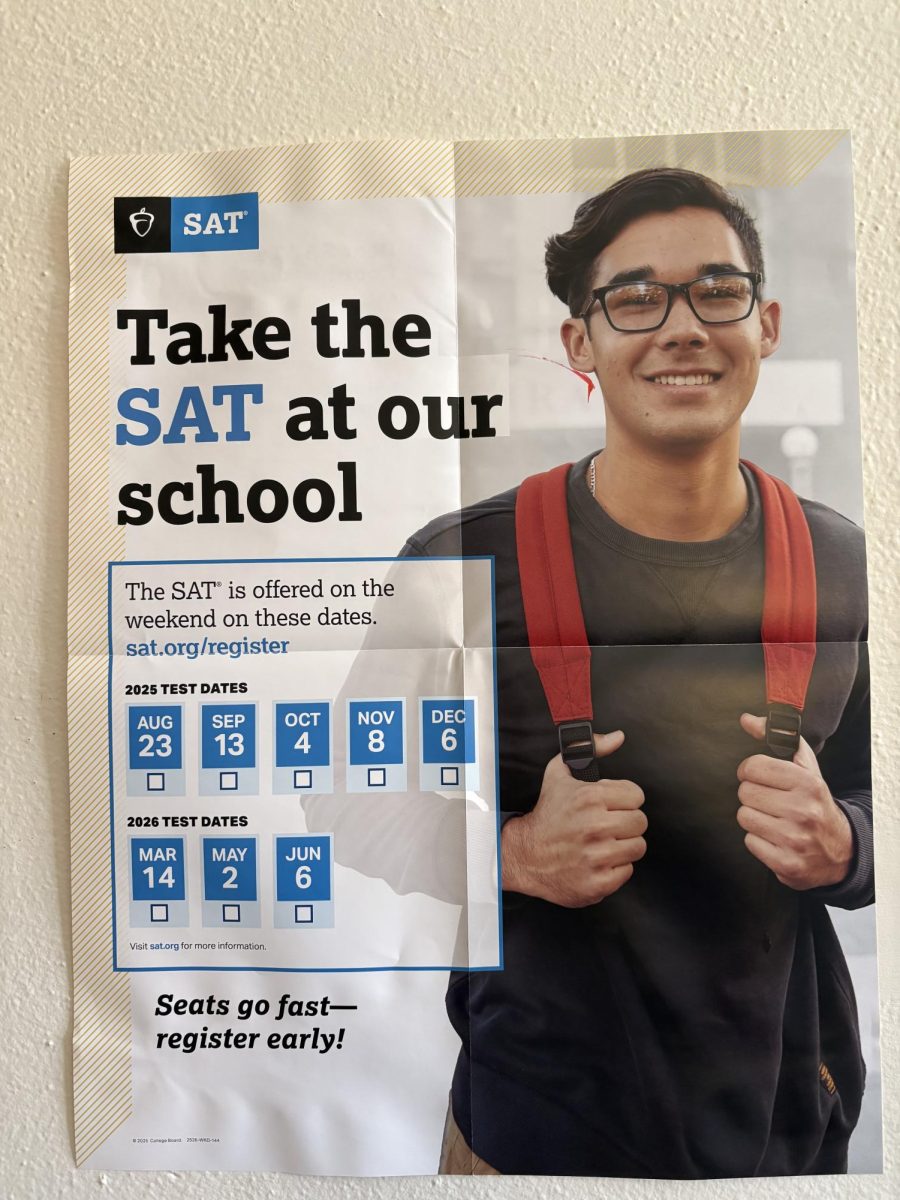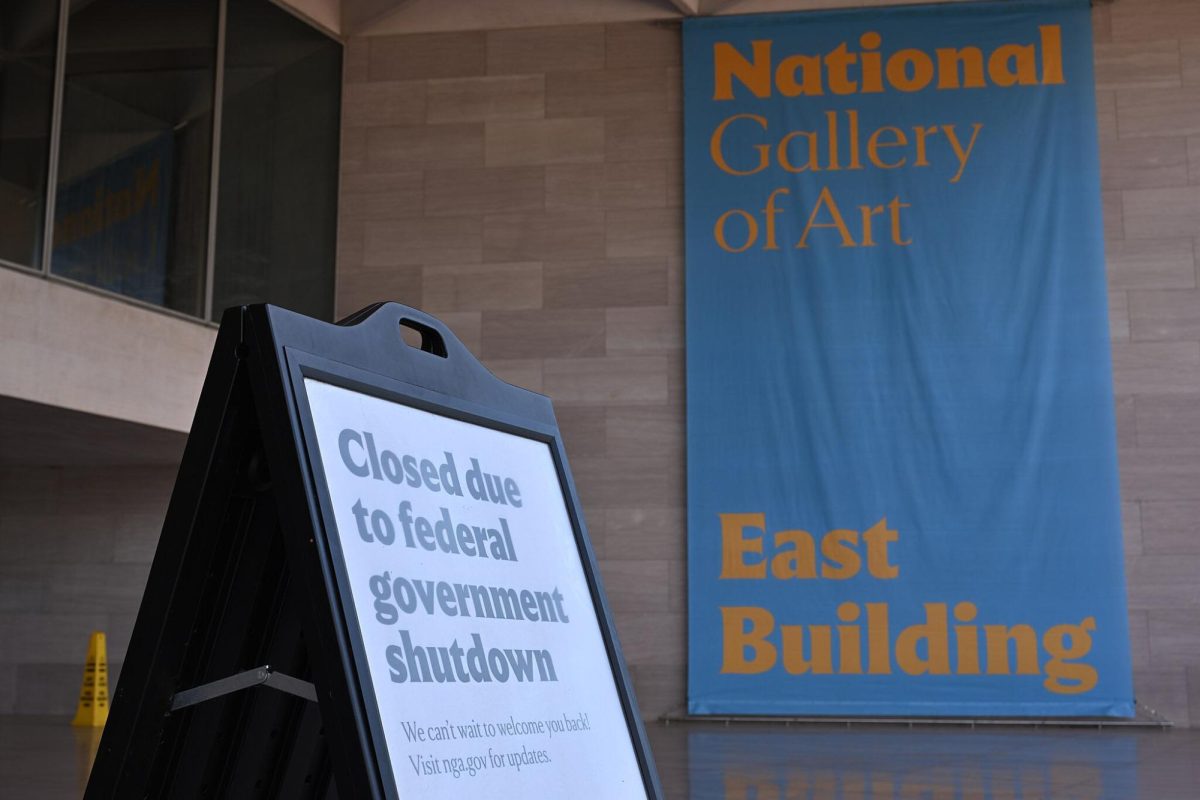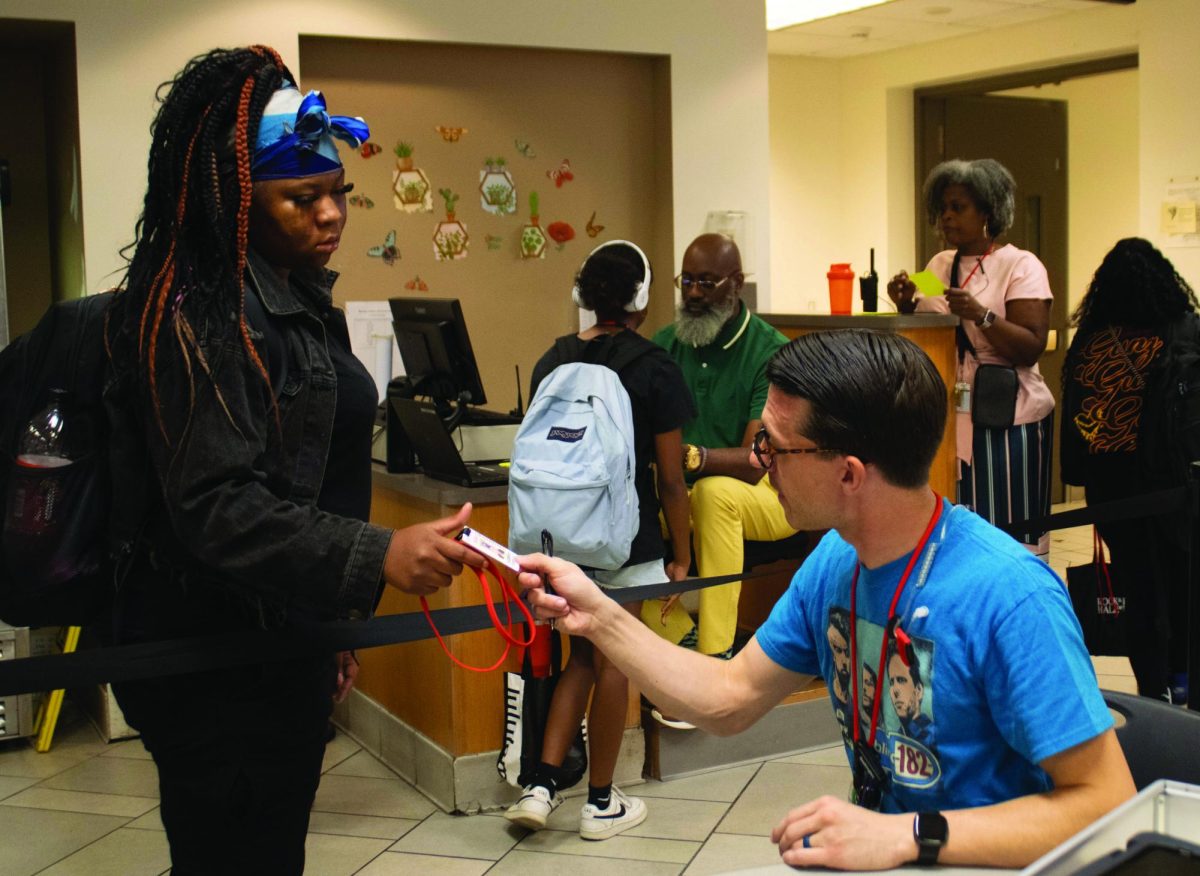As colleges drop application test requirements, students must prove their potential beyond SAT and ACT scores.
Since the Covid-19 pandemic disrupted standardized testing in 2020, college admissions have undergone a fundamental shift to test-optional and test-free applications, allowing students to decide whether to include their SAT or ACT scores on their applications. The model was introduced as a temporary measure but has evolved into a lasting standard that is redefining how applicants are evaluated.
According to the National Center for Fair and Open Testing, 2,085 colleges and universities across the United States will remain test optional or test-free for the 2025-2026 admissions cycle. Such institutions have emphasized their role in enhancing DEI by broadening access to higher education.
Despite the widespread move away from testing requirements, standardized exams are here to stay. Students took the PSAT and SAT Oct. 15 at the high school, and Ohio law requires public schools to administer the SAT or the ACT to juniors each spring at the state’s expense.
Ivy League schools and other selective institutions such as Georgetown, Duke, MIT and Stanford have reinstated SAT or ACT requirements, claiming that scores add important context in evaluating applicants from varied academic backgrounds. Columbia University is the only Ivy League school to adopt a permanent test-optional policy.
Junior Liz Wilson said that she supports test-optional admissions because standardized exams often fail to capture a student’s full academic ability, and that colleges should evaluate a student’s persona over performance. “I think it belittles who they actually are and their academics,” she said. “Colleges should focus more on people’s morals and personality rather than their ability to score high or not.”
Other students remain cautious about omitting their test scores. Junior Hailey Seifert said she plans to submit them because she believes strong results can strengthen an application. “It feels like an unspoken rule to have to submit test scores,” she said. “It will set me apart from students who don’t.”
Senior Parisa Tendulkar said she views submitting her scores as a way to reinforce her academic profile, especially because she scored well on the tests. “It just adds one more piece,” she said. “If I don’t send them, colleges might assume I didn’t do well.”
Guidance counselor coach Danny Young said students must think strategically. He encourages each student to make an informed, individualized choice. “If your scores help you, send them. If they don’t, leave them out,” Young said. “Students should know what each school values and where their scores fit in that profile.” Young said that colleges increasingly emphasize the narrative a student presents through essays and experiences. “Everyone has a GPA and a test score,” he said. “What separates you now is your essay and your ability to explain who you are, not just what you’ve done.”
Young advises students to show growth, self-awareness and reflection in their writing and activities. “Admissions officers want to see development,” Young said. “They want to know how your experiences have shaped you and what you’ve learned from them.”
Young said test-optional admissions have expanded access for students who might have been overlooked in past cycles. “It’s given more opportunities to kids, which is a good thing,” he said.
He also credited Shaker’s counseling department for helping students navigate the new landscape. Each fall, more than 150 colleges visit the high school to meet with students, giving counselors insight into admissions priorities. “They’re giving us the answers to the test,” Young said. “That level of access helps us guide students with the most up-to-date information.”
As the admissions landscape continues to evolve, Young said the ultimate takeaway for students navigating test-optional policies is that they must tell the story of themselves. Said Young, “Your growth and the person you’ve become — that is what colleges remember.”







